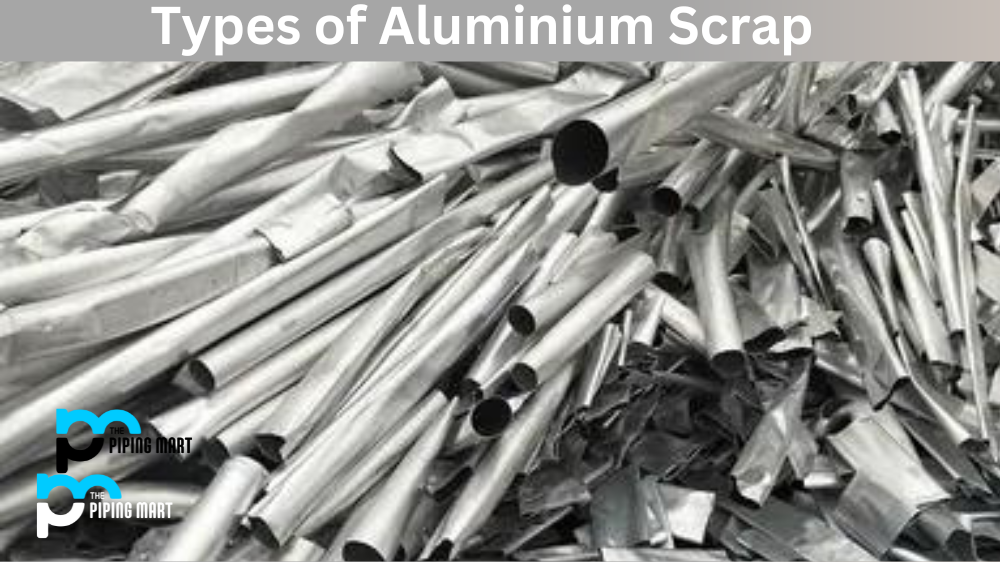Oxy-acetylene welding is a type of welding that uses a combination of oxygen and acetylene gas to heat the pieces being welded. This type of welding has many advantages and disadvantages, depending on the job that needs to be done. Let’s take a closer look at oxy-acetylene welding and its pros and cons.
Advantages of Oxy-Acetylene Welding
The primary advantage of oxy-acetylene welding is its versatility—it can be used for both thick and thin metals. It can also join dissimilar metals, such as brass, bronze, steel, aluminium, cast iron, and even stainless steel. Furthermore, oxy-acetylene welding can be used to weld in any position (vertical, horizontal, or overhead). Additionally, it produces minimal fumes or smoke compared to other welding processes.
Another advantage to using oxy-acetylene welding is its affordability; it does not require expensive equipment or materials like other welding processes. Additionally, oxy-acetylene welders are easy to use and require minimal training for an operator to become proficient with the technique. Lastly, most oxy-acetylene welds are strong enough for most applications; however, they can also be easily removed later.
- Oxy-acetylene welding is a type of welding that uses a flame to heat and melt metals.
- The advantage of oxy-acetylene welding over other types is that it can be used on various metals, including aluminum, cast iron, and stainless steel.
- Oxy-acetylene welding is less likely to cause warping or distortion of the metal being welded.
- Another advantage of oxy-acetylene welding is that it can be used in various settings, including outdoors.
- Finally, oxy-acetylene welding is inexpensive and does not require special training to learn how to use it.
Disadvantages of Oxy-Acetylene Welding
One disadvantage to using this welding process is that it requires more setup time than other methods since you must adjust the regulator settings before starting each weld. Additionally, because this type of welding requires combustible gases (oxygen and acetylene), there is always a risk associated with their use in enclosed areas—this is why it’s important to follow safety guidelines when performing this kind of work. Furthermore, because this type of welder produces a high-temperature flame (upwards of 6300 degrees Fahrenheit), it can easily damage thin metals if not applied correctly. Lastly, because the open flame produced by an oxy-acetylene welder may cause warping during certain jobs (such as brazing or soldering), another method might need to be utilized instead.
Limited to Smaller Pieces
One of the primary disadvantages of oxy-acetylene welding is that it is limited to smaller pieces. This is because the torch needs to reach all sides of the piece to weld it properly. This can be a problem for larger projects, as it may not be possible to weld the pieces together using this method.
Not Suitable for All Materials
Another disadvantage of oxy-acetylene welding is that it is only suitable for some materials. This welding works best on metals with a low melting point, such as aluminium or brass. However, it is not effective on metals with a high melting point, such as steel or iron.
Requires Specialized Equipment
Another disadvantage of oxy-acetylene welding is that it requires specialized equipment. This includes an oxygen tank, an acetylene tank, and a welding torch. This equipment can be expensive, making this type of welding inaccessible for some people.
Can Be Dangerous
Oxy-acetylene welding can also be dangerous if it is not done properly. The flames from the torch can reach temperatures of up to 6,000 degrees Fahrenheit, which can easily cause serious burns. Additionally, the acetylene gas used in this type of welding is highly flammable, which means there is a risk of explosions if the equipment is not used correctly.
Conclusion:
Oxy-acetylene welding has been around for many years and is a popular choice among professional welders today due to its versatility and affordability. While there are risks associated with using combustible gases such as oxygen and acetylene in enclosed areas (and potential warping issues with certain types of jobs), these problems can usually be avoided through proper safety measures and technique control on behalf of the welder. Oxy-acetylene welding remains an attractive option for many people who need strong yet cost-effective results from their projects.

Meet Bhavesh, a seasoned blogger with a wealth of knowledge and experience. From metal products manufacturing to retail, Bhavesh has a diverse background in various industries and is dedicated to sharing his insights and expertise with readers.




